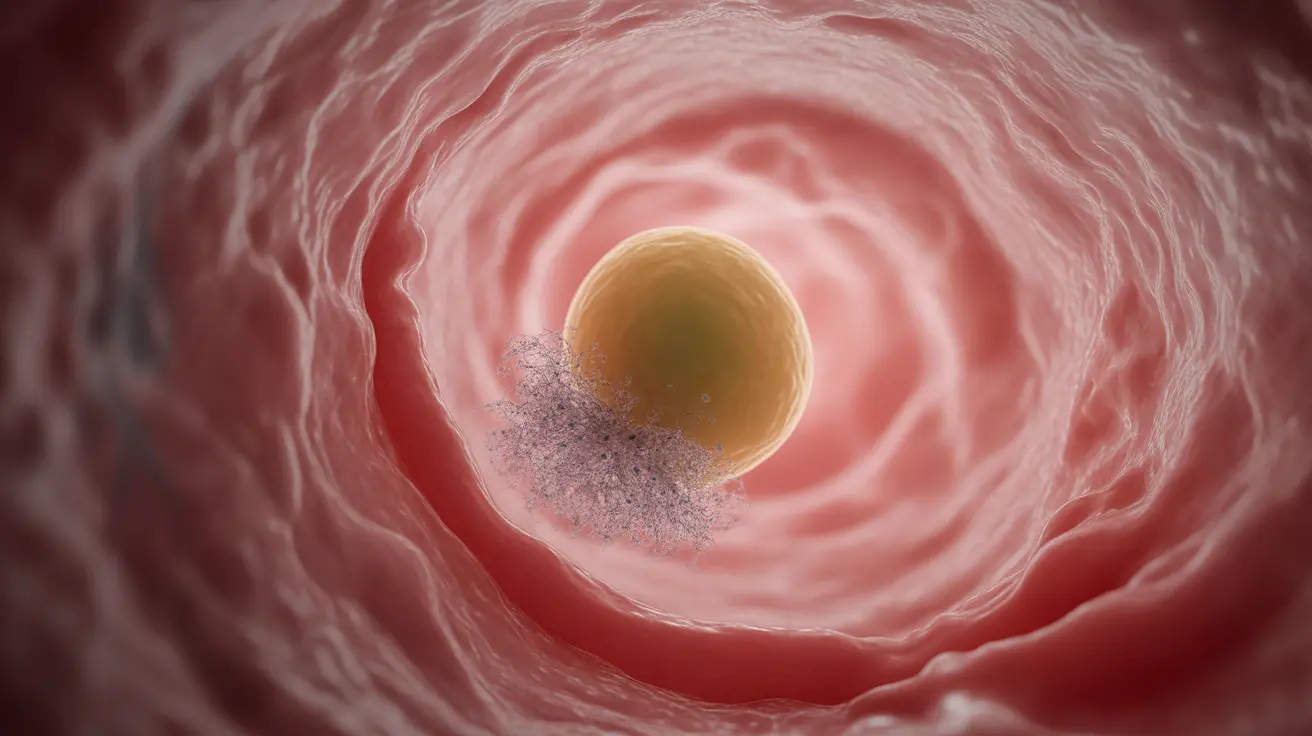For many women trying to conceive, understanding the early signs of pregnancy can be both exciting and confusing. Implantation bleeding, a common early pregnancy symptom, often raises questions because it can be mistaken for a light menstrual period. This comprehensive guide will help you understand what implantation bleeding is, when it occurs, and how to distinguish it from other types of vaginal bleeding.
What Is Implantation Bleeding?
Implantation bleeding occurs when a fertilized egg attaches itself to the uterine wall, typically 6-12 days after conception. This process can cause small blood vessels in the uterine lining to break, resulting in light spotting or bleeding. Understanding this natural process can help ease concerns during early pregnancy.
Characteristics of Implantation Bleeding
Color and Flow
Implantation bleeding typically appears as light pink or brown spotting, unlike the bright red color often seen during menstruation. The flow is usually much lighter than a regular period and rarely requires more than a pantyliner.
Duration
Most women experience implantation bleeding for just a few hours up to 2-3 days, significantly shorter than a typical menstrual period which can last 5-7 days.
Timing and Early Pregnancy Signs
Implantation bleeding usually occurs about a week before your expected period, though timing can vary. This timing often coincides with other early pregnancy symptoms, including:
- Mild cramping
- Breast tenderness
- Fatigue
- Nausea
- Mood changes
- Food aversions or cravings
When to Seek Medical Care
While implantation bleeding is generally harmless, certain situations warrant immediate medical attention. Contact your healthcare provider if you experience:
- Heavy bleeding similar to a menstrual period
- Severe cramping or abdominal pain
- Bright red blood with clots
- Dizziness or weakness
- Bleeding that lasts longer than three days
Distinguishing Normal from Concerning Bleeding
Understanding the difference between normal implantation bleeding and potentially concerning bleeding is crucial. Normal implantation bleeding should be light, brief, and not accompanied by severe pain. Any bleeding that seems unusually heavy or is accompanied by significant pain should be evaluated by a healthcare provider.
Frequently Asked Questions
What are the main differences between implantation bleeding and a menstrual period?
Implantation bleeding is typically lighter, shorter in duration (1-3 days), and pink or brown in color. Menstrual periods are usually heavier, longer (5-7 days), and bright red in color. Implantation bleeding also doesn't typically contain clots.
When does implantation bleeding usually occur after conception?
Implantation bleeding typically occurs 6-12 days after conception, or about 7-10 days before your expected period. This timing coincides with when the fertilized egg implants itself in the uterine wall.
What symptoms accompany implantation bleeding that might indicate early pregnancy?
Common accompanying symptoms include mild cramping, breast tenderness, fatigue, nausea, mood changes, and food aversions or cravings. These symptoms may be subtle and can vary significantly among women.
How can I tell if vaginal bleeding is implantation bleeding or a sign of a miscarriage or other complication?
Implantation bleeding is light, brief, and usually painless or accompanied by only mild cramping. Miscarriage bleeding tends to be heavier, may contain clots, and is often accompanied by severe cramping. If you're unsure, consult your healthcare provider.
Do I need to see a doctor if I experience implantation bleeding, and what signs mean I should seek medical care?
While normal implantation bleeding doesn't require immediate medical attention, you should see a doctor if you experience heavy bleeding, severe cramping, bright red blood with clots, dizziness, or bleeding that lasts longer than three days.




